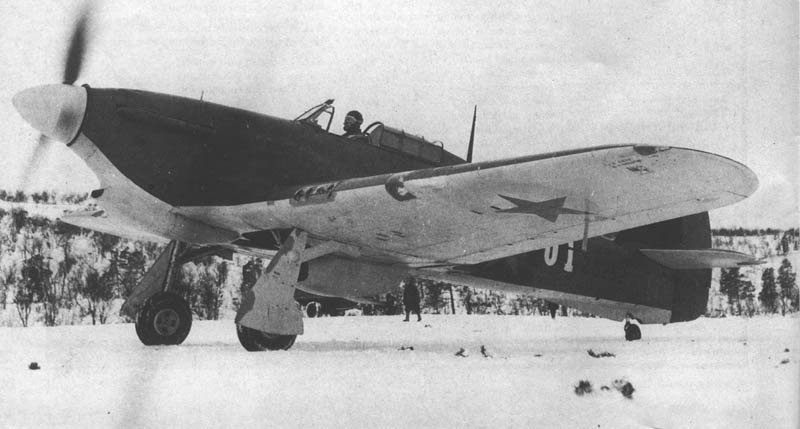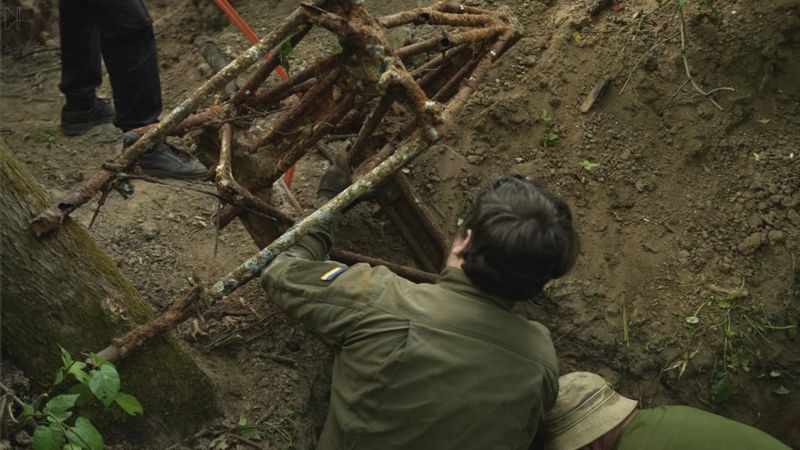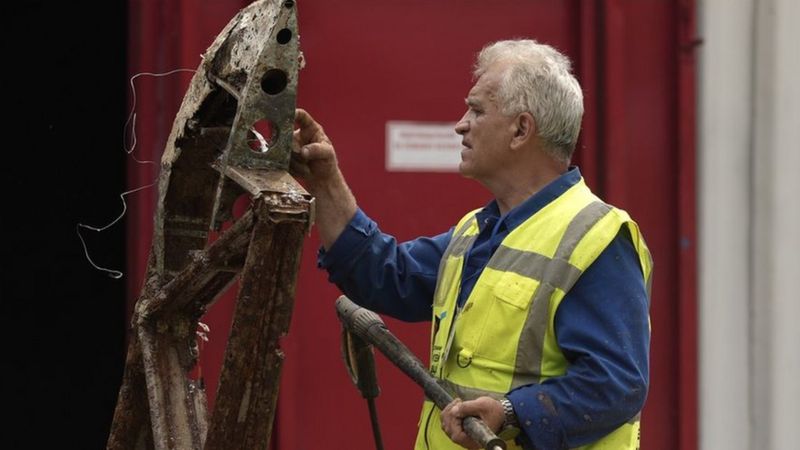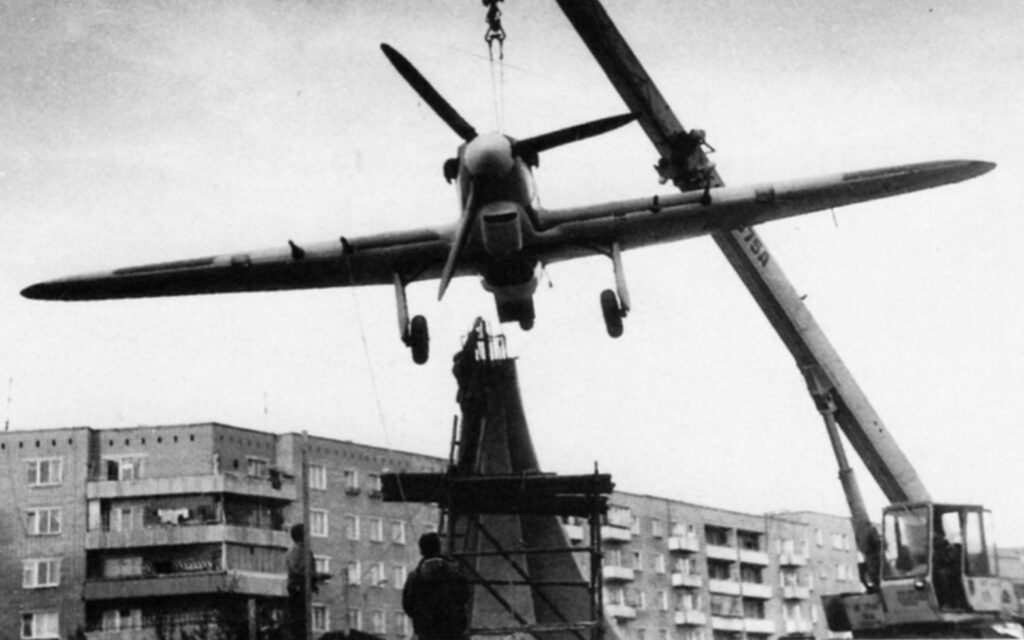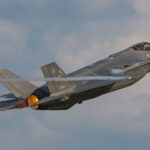It is rare in the 2020s for a previously unknown cache of aircraft remains to be revealed, but that’s exactly what broke at the end of June 2023, with the announcement of a set of dumped Hawker Hurricane wrecks being found near Kyiv in Ukraine. Comprising no less than eight airframes, they were apparently dumped in a ravine, after being stripped of useful or valuable equipment, such as instruments and guns, as part of the requirements under the Lend-Lease scheme to the Soviet Union, and funded by the USA.
Then, Ukraine was part of the Soviet Union, along with Russia, and fighting on the Eastern Front in what was known there as the Great Patriotic War. The aircraft remains were discovered after a check for buried metal following the discovery of a bomb in the area.
The National Aviation Museum of Ukraine have taken charge of the project with the objective of putting as much of the reassembled aircraft on display in due course. Valerii Romanenko, the museum’s Head of Research was quoted by the BBC as saying: “The Hurricanes are a symbol of British assistance during the years of the Second World War, just as we are very appreciative of British assistance nowadays. The UK is one of the largest suppliers of military equipment to our country now.”
Of the over 14,000 Hawker Hurricanes of all marks built, over 3,000 were supplied to the Soviet Union. Today there are over a dozen Hurricanes restored to airworthy condition operated predominantly in North America and Europe. There are a significant number more as static museum and display examples, including a number under restoration and further projects.
Of the Soviet Lend-Lease airframes, a number have returned from the former Union to the UK and been restored, while two are in display in Russia; one inside at the Vadim Zadorozhny Technical Museum, Arkangelskoye, Moscow. Painted as ‘BN233’ it is actually AP740, and Mk.IIc BM959 on a war memorial at Revda, 200 miles from Murmansk. Details of the identities, if discoverable, of the Ukrainian examples haven’t been released yet.
Harry Raffal, former RAF Museum Historian, and now RAF Museum Head of Collections & Research, said on Twitter: “Far from the most important story from Ukraine but it will be interesting to see how the eight wrecks are displayed and interpreted having previously had all instruments and recyclable metal stripped when they were dumped due to lend-lease conditions.”
Vintage Aviation News will continue to follow and report on this project.







